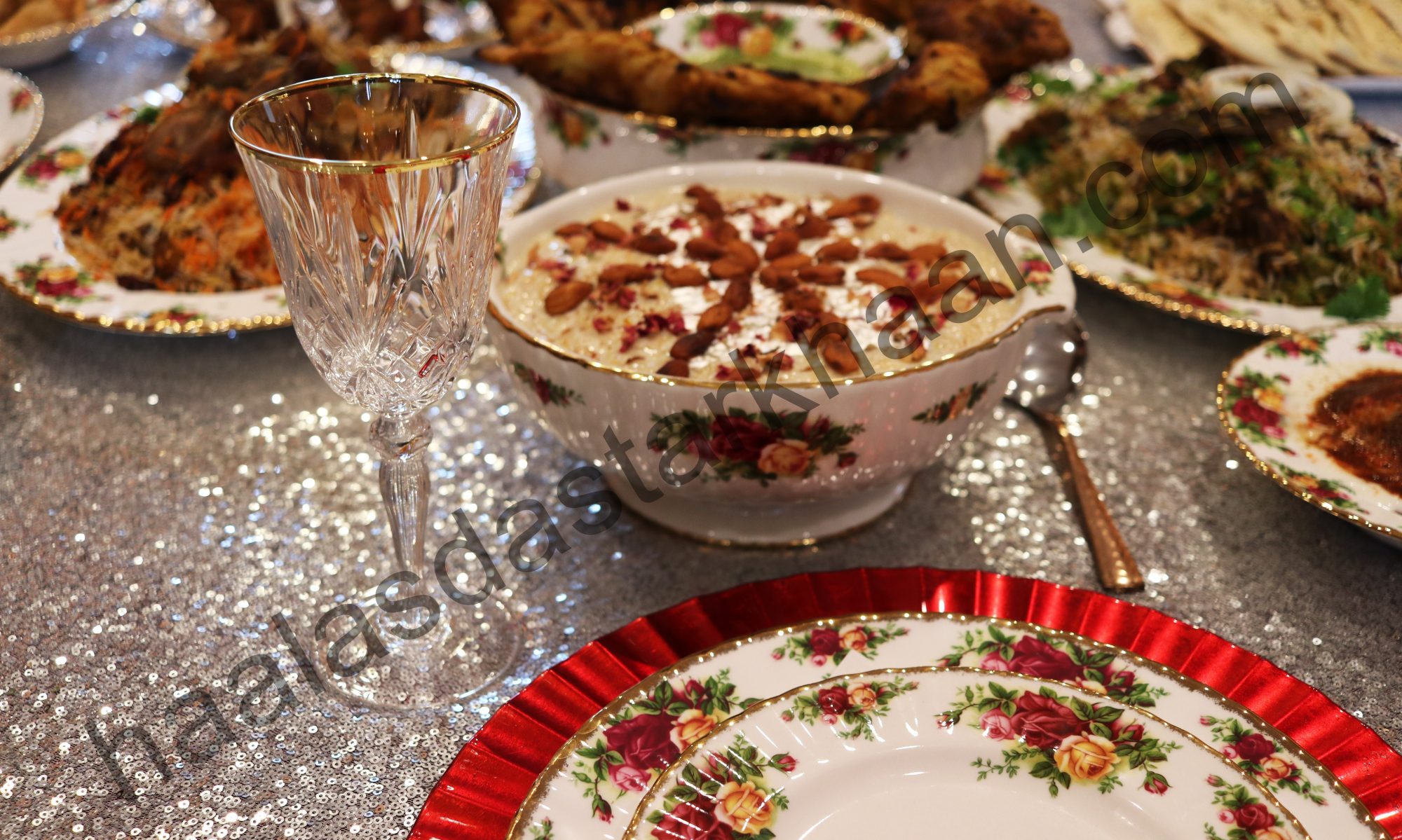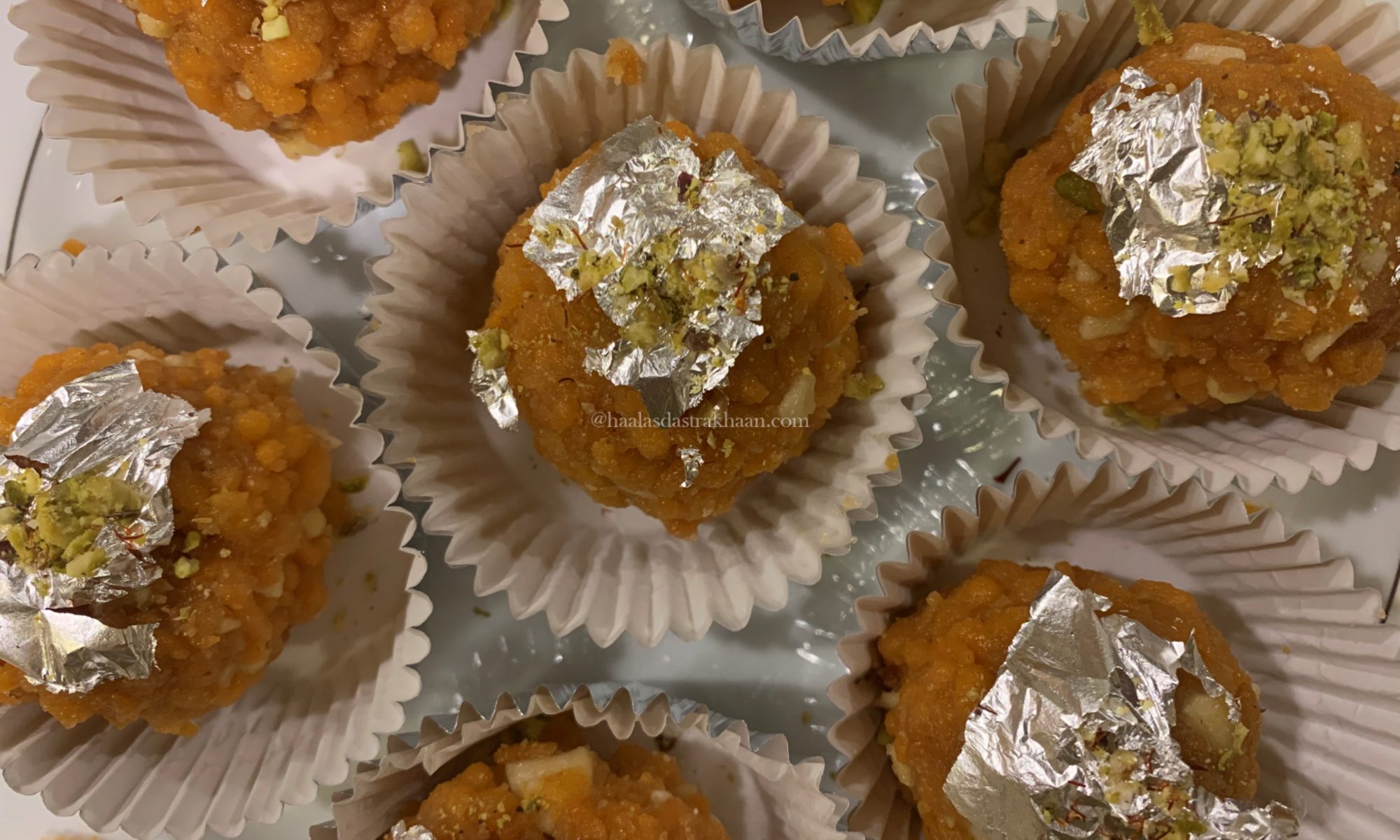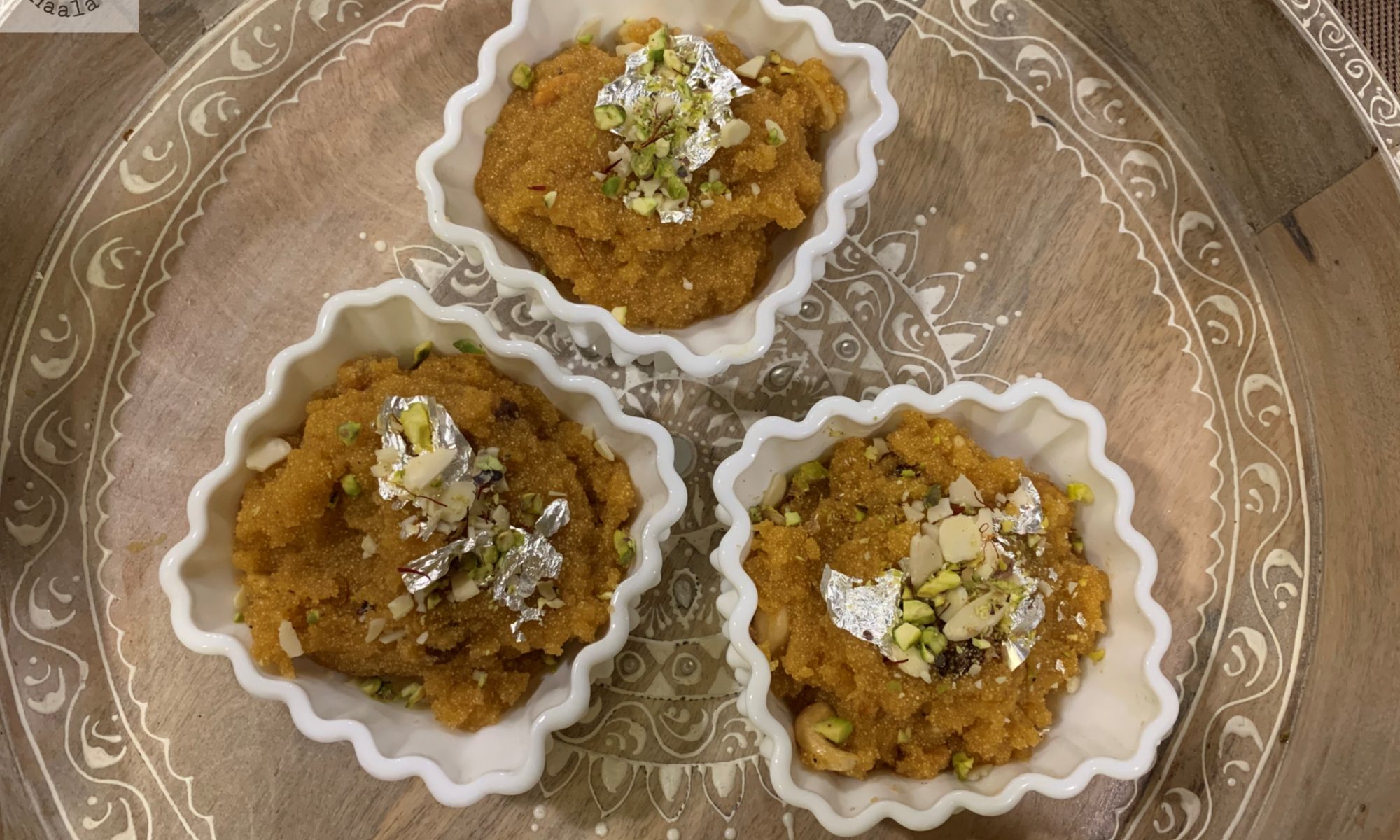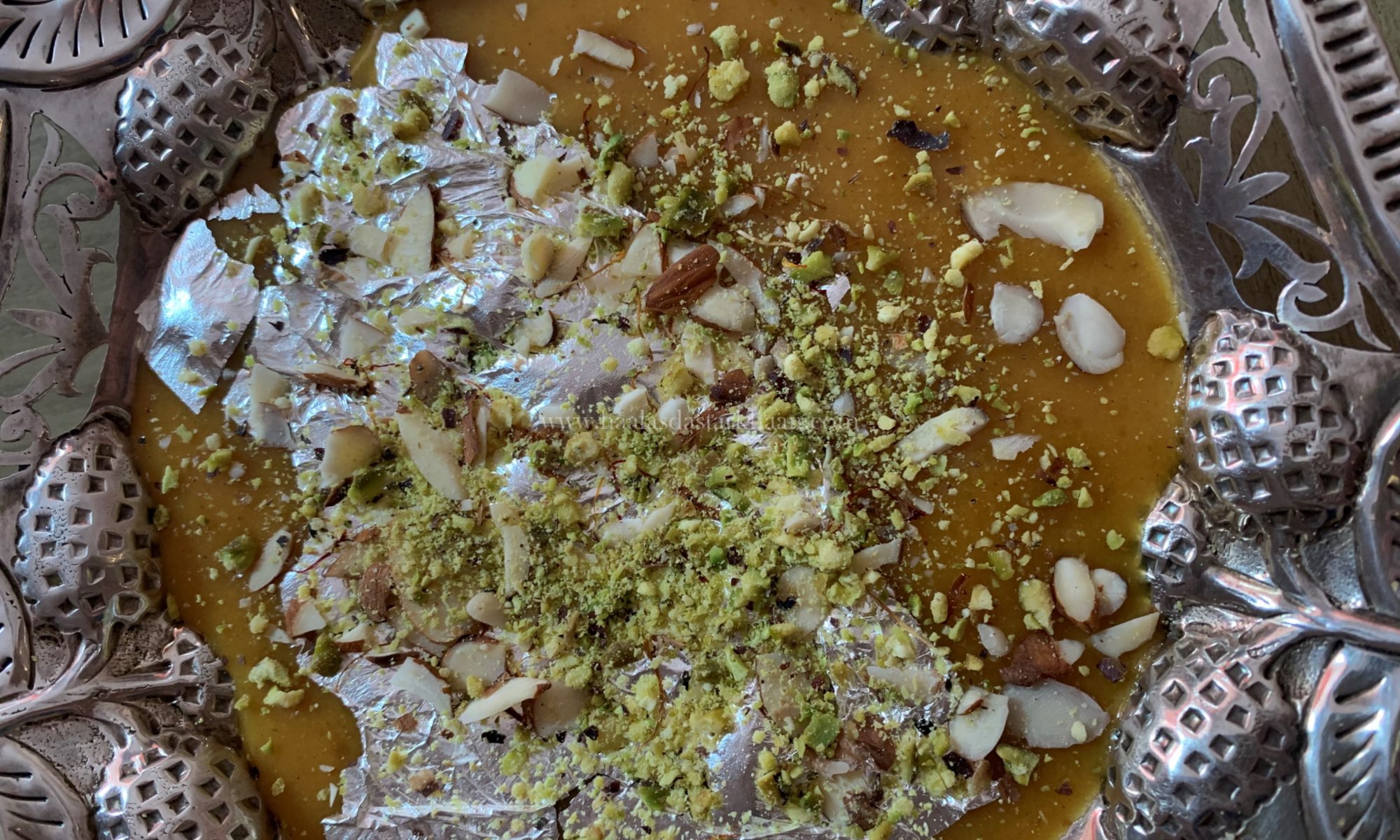Rabri and Malpua go hand in hand for marwaris, specially for Jodhpuris. I remember my father and my maternal grandmother being huge fan of Malpuas. Though I have never liked them much, for their bonding relationship with sugar syrup and just like Jalebis, Imartis and Bengali sweets, malpuas also happened to be a sweet dish that I never tried. But, I was always a huge fan of Rabri. In fact, there is a very famous shop in Jodhpur, by the clock tower, an important stop for all tourists, that is popular for its lassi, kulfi and Rabri and every time I traveled to Jodhpur, that would be on my eating out list.
As for the history of Malpua, first reference of this sweet dish was made in the Rigveda, as ‘Apupa’. The recipe of Apupa was something that uses barley flour made in form of flat cakes, deep fried in ghee and then dipped in honey before serving.
Rabri seems to be connected with Bengal because of its flavor resemblance being close to Basundi. Its made by over boiling of milk on low heat, until it becomes dense and pale yellow in color.
I remember when I was 15, a family friend’s daughter, almost 10 years older than me, soon to be married. She loved to cook and would often come to see my mom and would also showcase her cooking skills. She would come to our house very often and she once made Khoye ke malpua and all I saw was 2 people busy making Malpuas and I never gathered the courage to go and peep to even see what was going on. All I saw was my Father and maternal Grandmother, both diabetic, hogging on to those Malpuas before anyone could stop them. They offered it to me and with the look of the dripping sugar syrup, it was a NO from my side. I then saw someone bring in Rabri from my favorite store and I was more than happy eating my plain Rabri. Now since, I have never been a big fan of Malpuas and Mr. Parveez never mentioned it either, it never occurred to me that I should try making them at home. In addition to that, I don’t know why but I always felt that making Malpuas must be too much work and I kind of never felt the need to even try it.
One day, we happened to be watching a Food channel where a food blogger went to Mumbai and showed this guy making big size Malpuas being thrown in the Kadai with boiling ghee and further dipped in the sugar syrup and being served straight away with cold Rabri and Mr. Parveez looked so impressed. So, I just asked him, “Do you like it?’ and he said, “yes”. With me that was more than enough to try making this out.
I checked with a family friend who got me a recipe from one of Jodhpur’s authentic Malpua maker. Sometimes people share secrets, they one have to be sure that no one is taking their business away, second, you need to contact through the right source and third and most important, you just have to be sweet when you ask, and mostly people fail to do the third thing. He never gave me the exact measurements though, but when you cook, ingredients are usually enough for you to crack a recipe because even if you use the exact same measurements, the dish would be completely different when made by 2 different people. I always tell everyone I teach, Don’t learn, get inspired. Learning while copying to do the same, makes you good, But Learning while getting inspired makes you outstanding. Never give up on being unique.
Now my first goal was to work on the Rabri, of course personal reasons. So, I started working on it, it was a slow process and the first time I made it, I was restless because I thought I was doing something wrong and its taking too long, but after that I was a pro and I can now cook 4 dishes the same time as I make Rabri. and, when I tasted it, I was so happy with myself, it tasted much nicer than the Rabri from my favorite sweet store in Jodhpur.
Now the Malpuas, they were much easier than I thought. Few ingredients, paying attention, and your Malpuas are ready to be served. They are very much like pancakes. My first attempt made them a little thick, the second time, I mixed in more milk trying to make them more thin. Try taking a good non stick pan to reduce the quantity of ghee you take.
Rabri can be refrigerated for up to a week. Malpua batter can also be refrigerated for up to 3-4 days. It tends to thicken a little while being refrigerated, you can always add a little milk tablespoon by tablespoon to make the consistency thinner.
I have out up ways and pics of both the thick Malpua and the thin Malpua. You can see both ways and pick your favorite. Though I have given the recipe of Rabri after the Malpua, but its always recommended that you make the Rabri few hours, if not a day before and refrigerate it. The Malpua needs to be hot and the Rabri needs to be chilled when served.
Decorate with silver leaf, crushed nuts and roses or anyway you like or just plain…the taste is so good that it will be loved and appreciated any which way. Enjoy!!!




